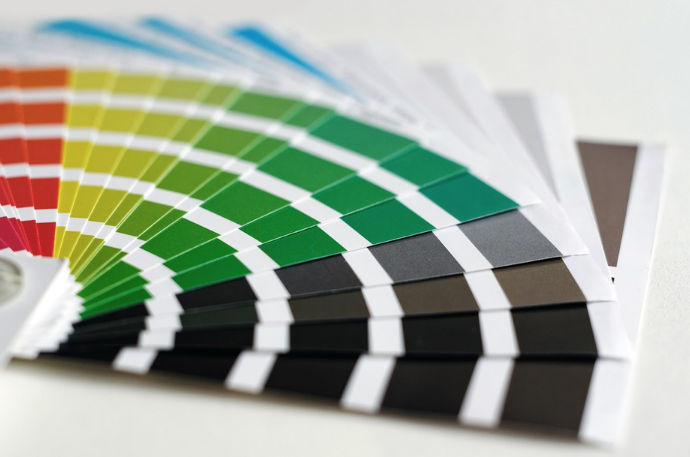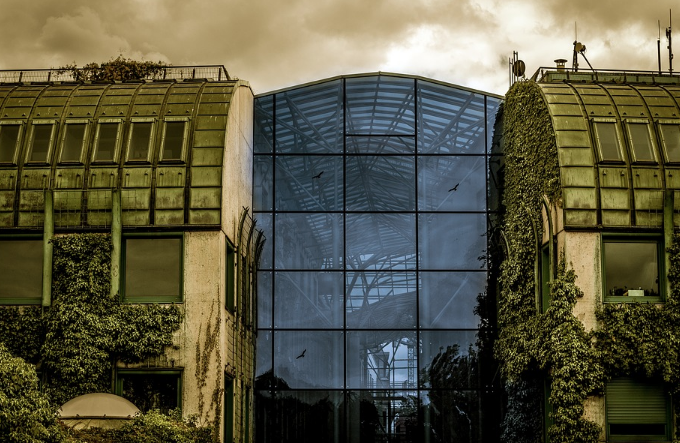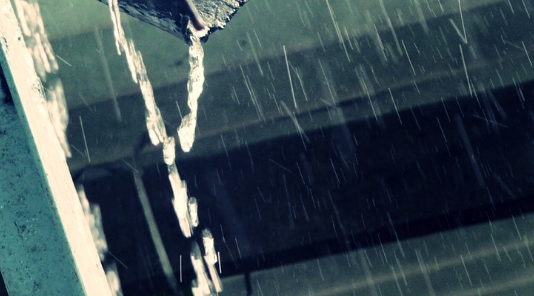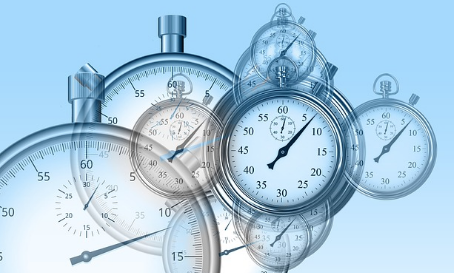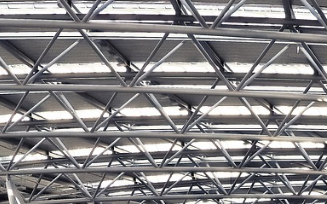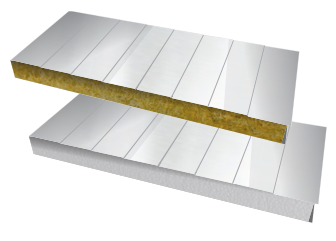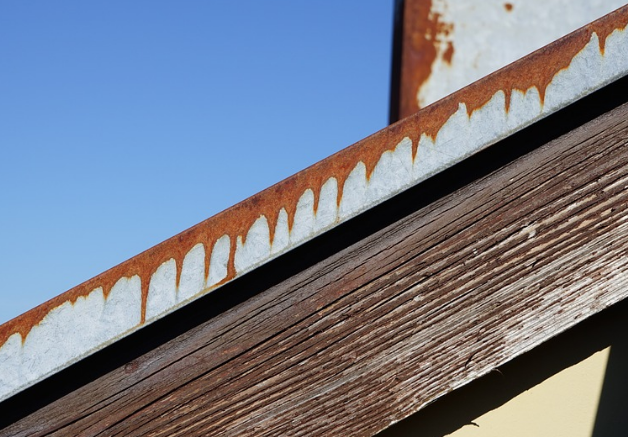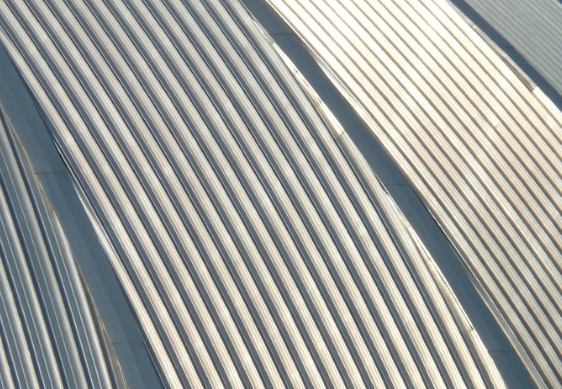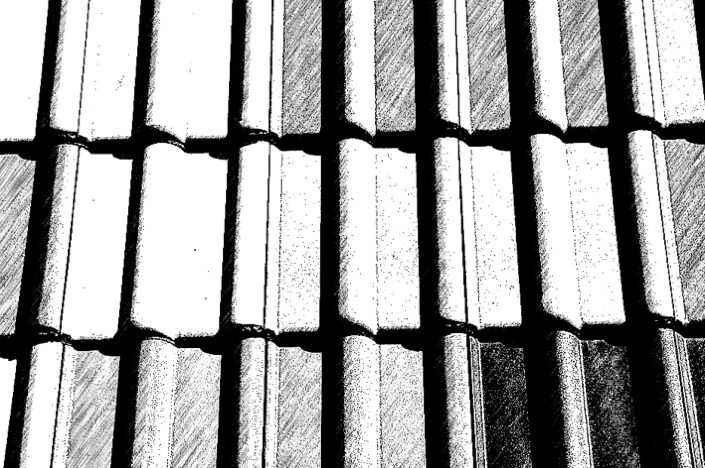Consumers have a growing awareness of product design and the impact on the planet. Because of this, a rise in eco-friendly building materials has led to an expansive market from metals to plastics to electronics that address sustainability at an affordable cost. Construction remains a key industry for growth as homeowners and corporations alike opt for energy efficient, cost-saving green buildings and structures.
The Power of Metal
A new generation of insulated metal panel systems addresses the growing need for economically sustainable building materials for both residential and commercial buildings. Insulated Metal Panels (IMPs) continue to be one of the most popular eco-friendly building materials. They reduce moisture and mold while reducing overall cooling and heating costs. Their versatility is ideal for numerous structures.
IMPs installation remains one of the most efficient in terms of installation. This all-in-one-product involves less cost both in materials and human labor. Less construction waste and reduced maintenance add to their appeal. Additionally, costs due to accidents during construction are minimal when compared to other installation. Finally, metal panels can be recycled or even made of recycled materials.
Biodegradable Materials
Innovation in terms of biodegradable materials is still in its infancy. Companies experiment with different types of materials from fiberglass to industrial hemp. While in their beginning phases of design, these materials may prove to be the future of construction as individuals and companies work harder to reduce the environmental impact of building construction.
Rammed Earth Construction
Unlike the other technologies, rammed earth originated centuries ago. In fact, structures like the Great Wall of China used this ancient construction technique. Combining these materials with concrete make for a sturdier material overall.
Green construction continues to be a burgeoning industry full of promise and innovation. Homeowners and business owners alike benefit from the rapid drop in cost and the fast-paced technological innovations that will make our planet a greener, more energy efficient place.


